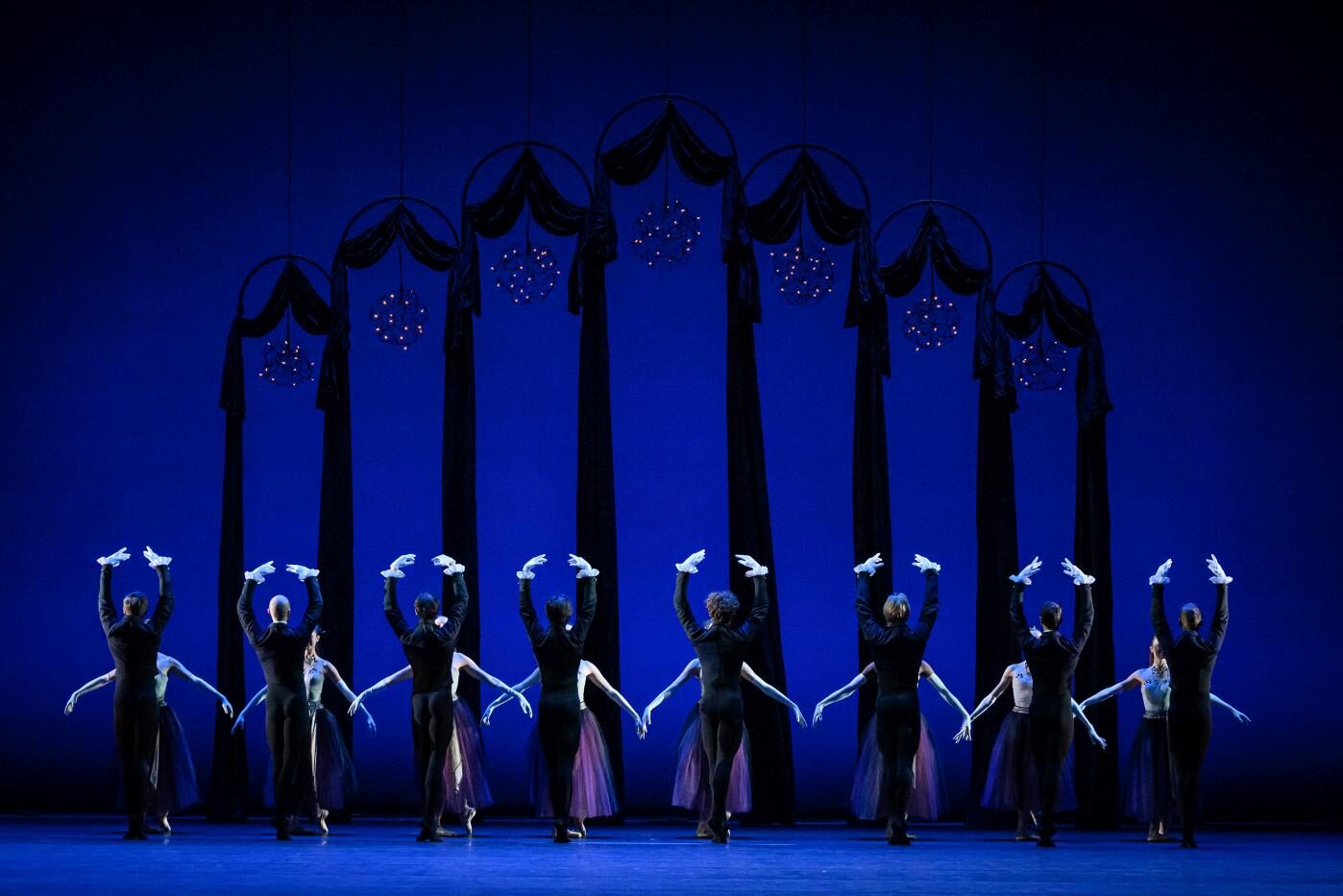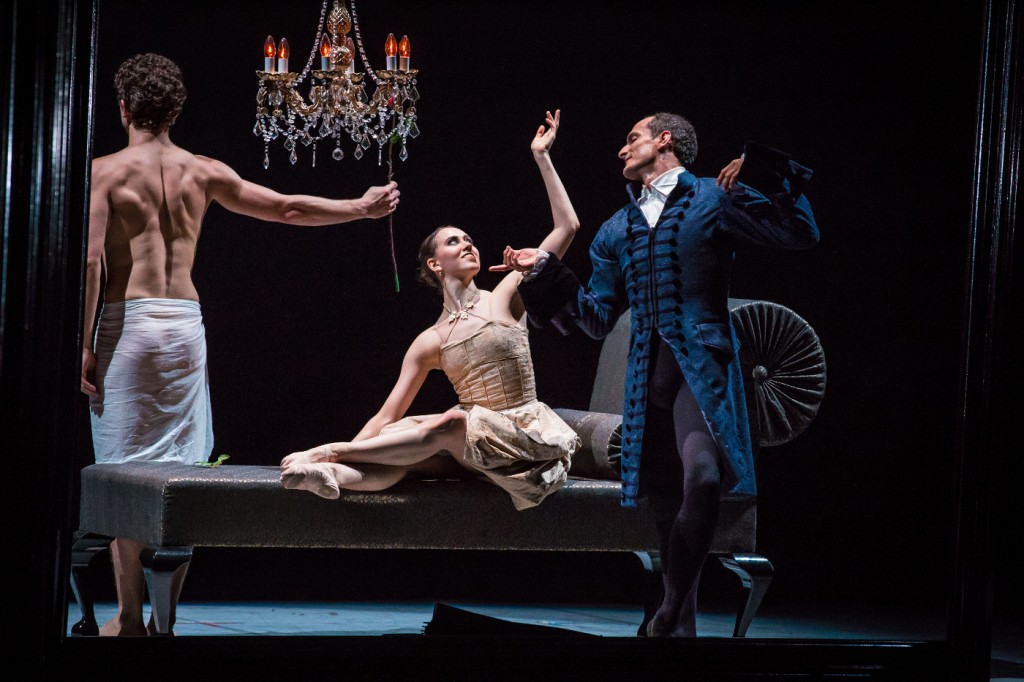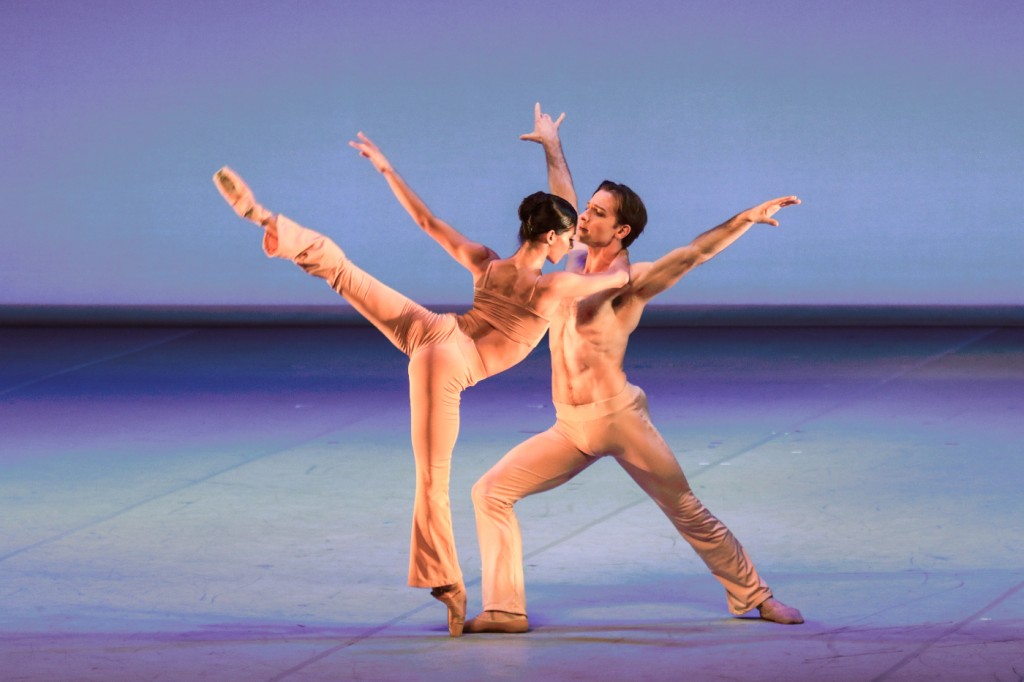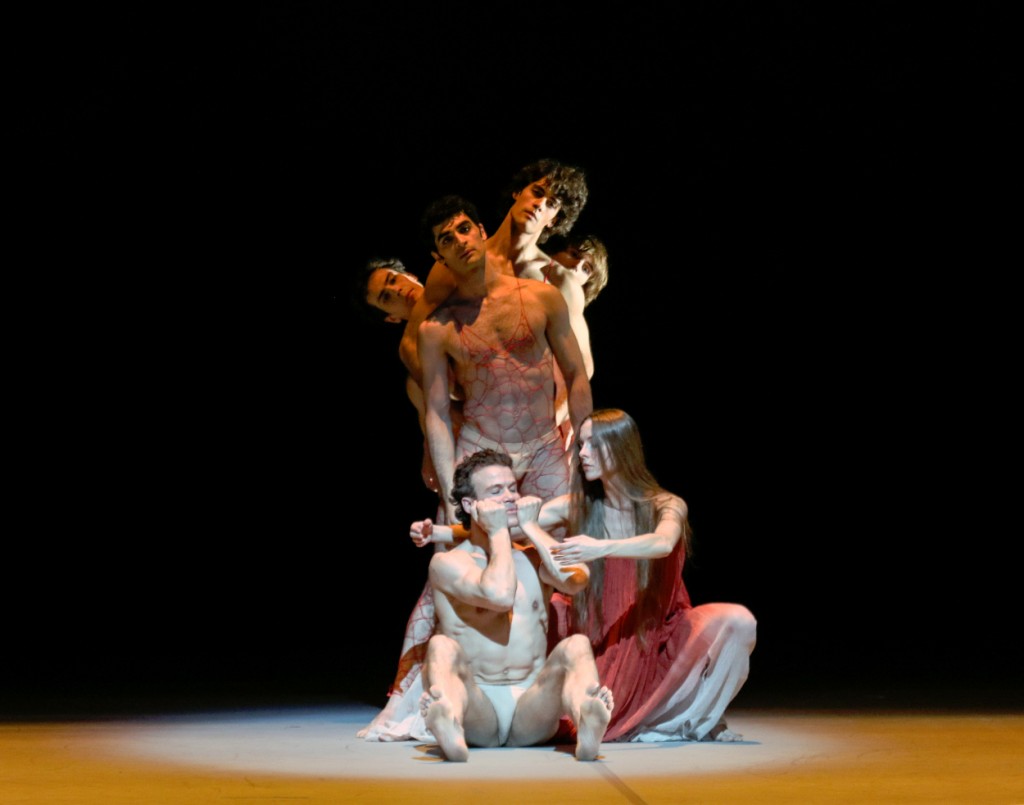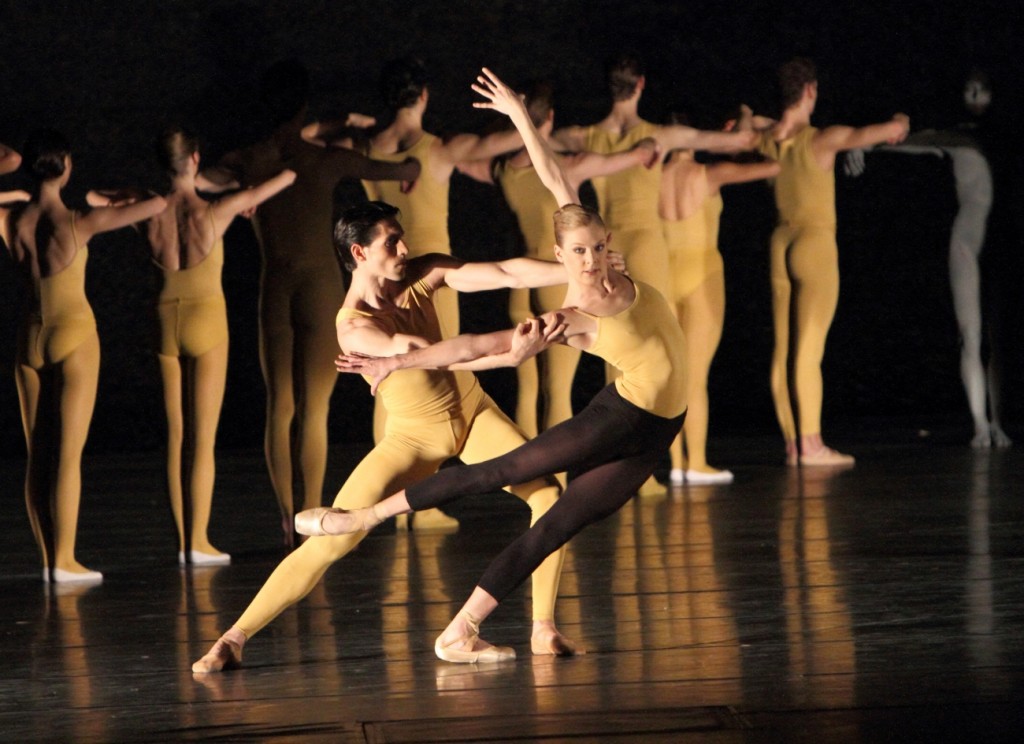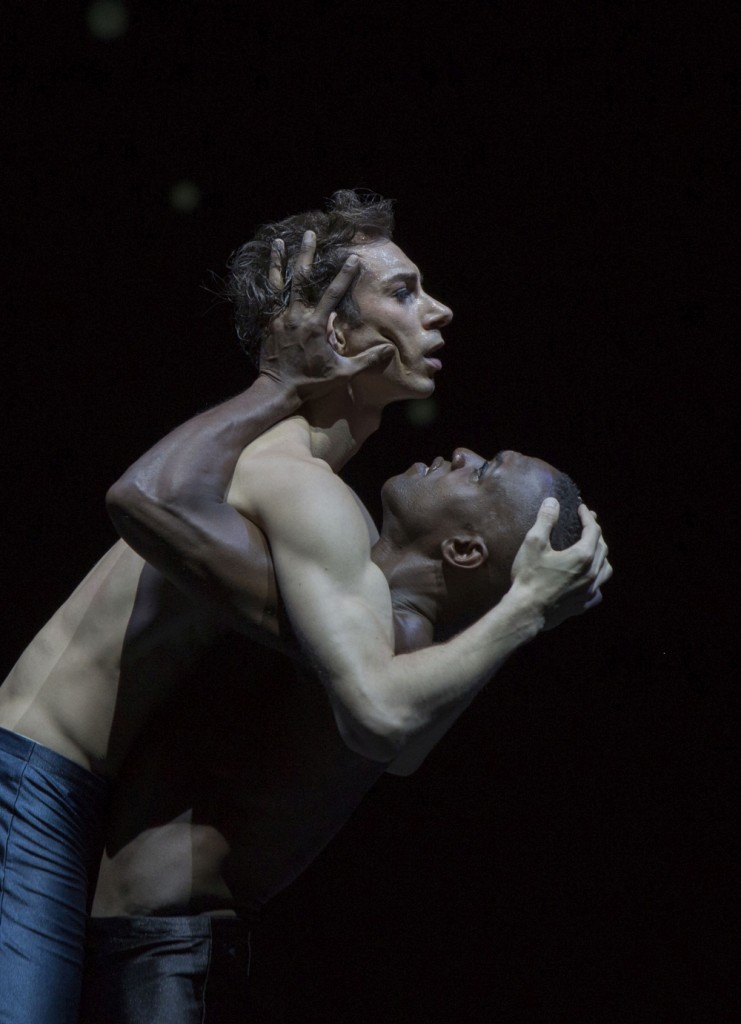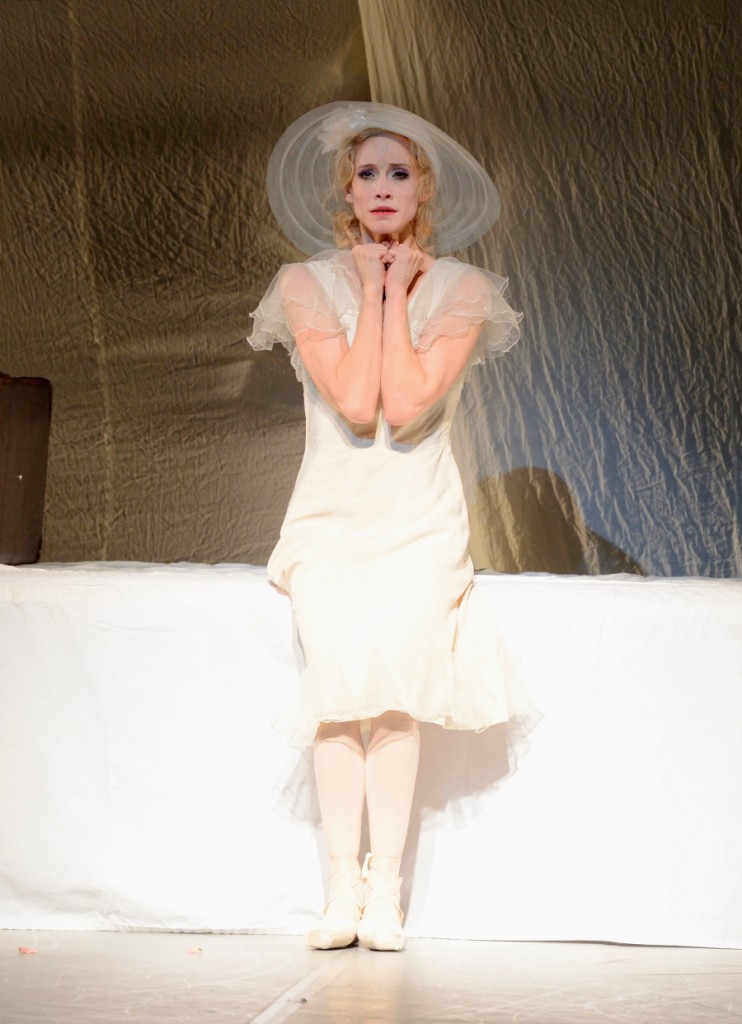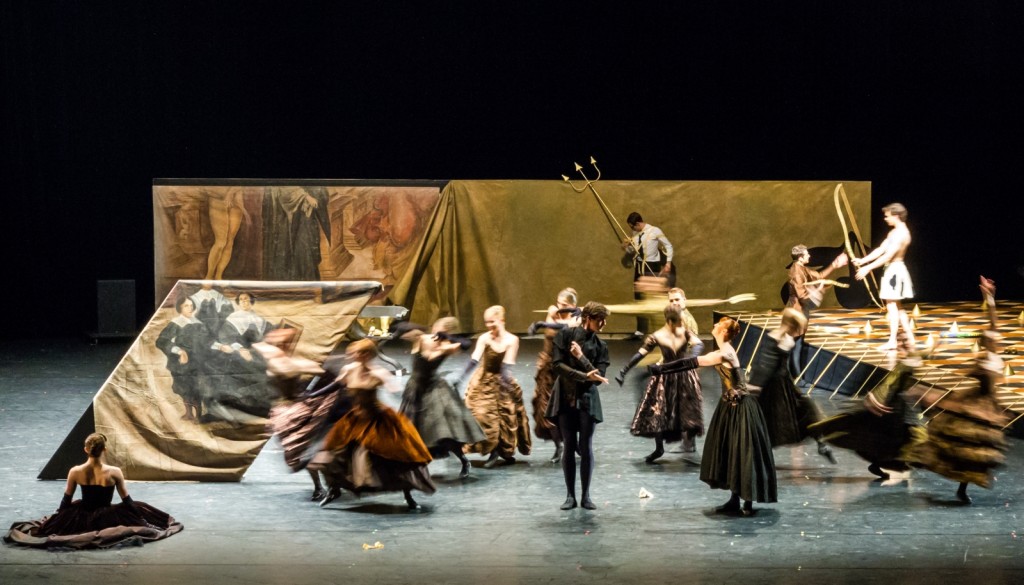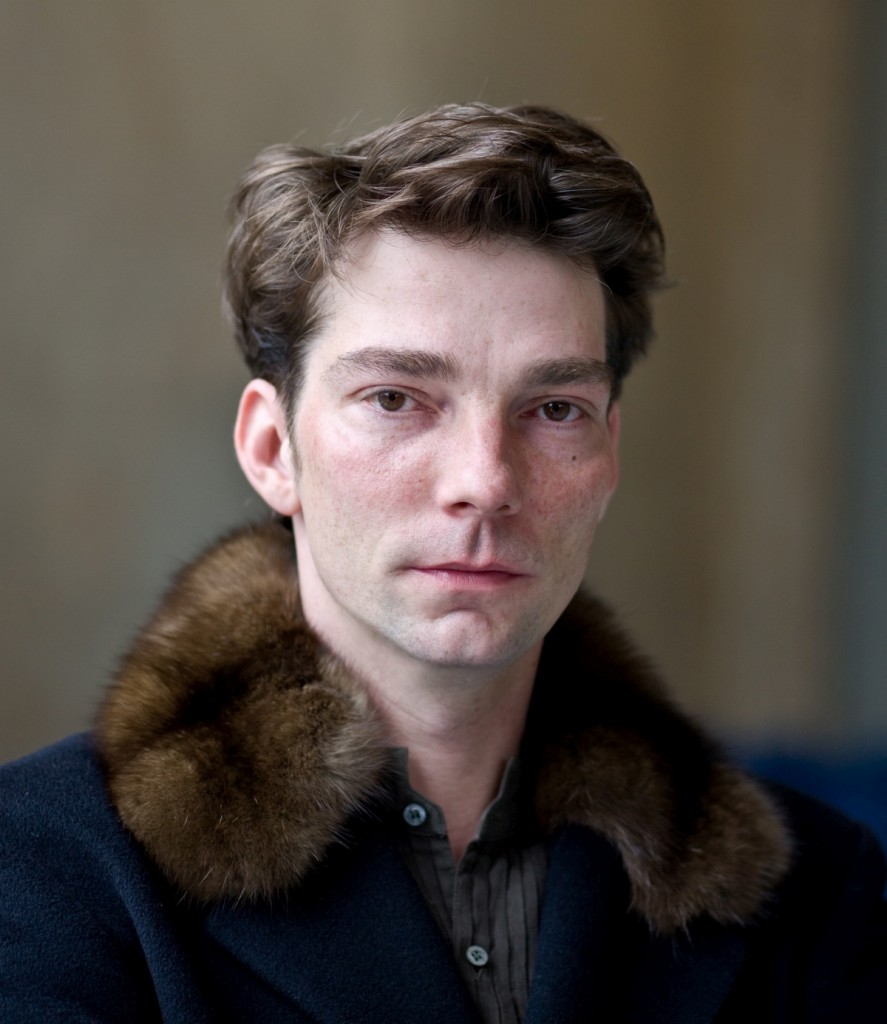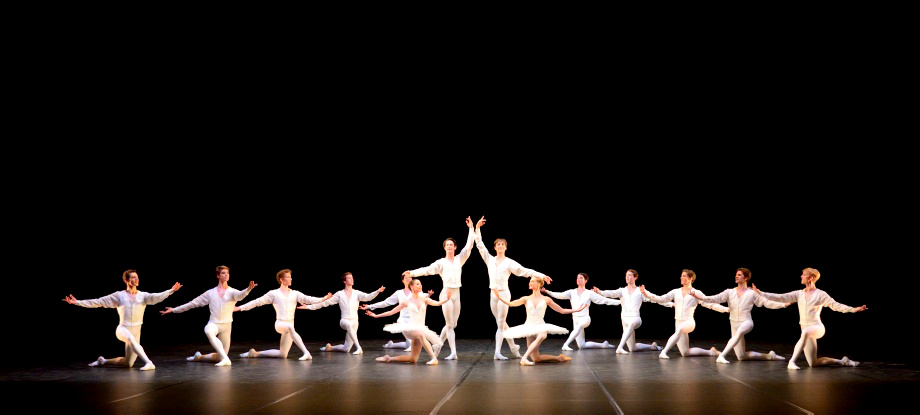Only a Fairytale?
“Sleeping Beauty”
Stuttgart Ballet
Stuttgart State Opera
Stuttgart, Germany
July 25, 2015
by Ilona Landgraf
Copyright © 2015 by Ilona Landgraf
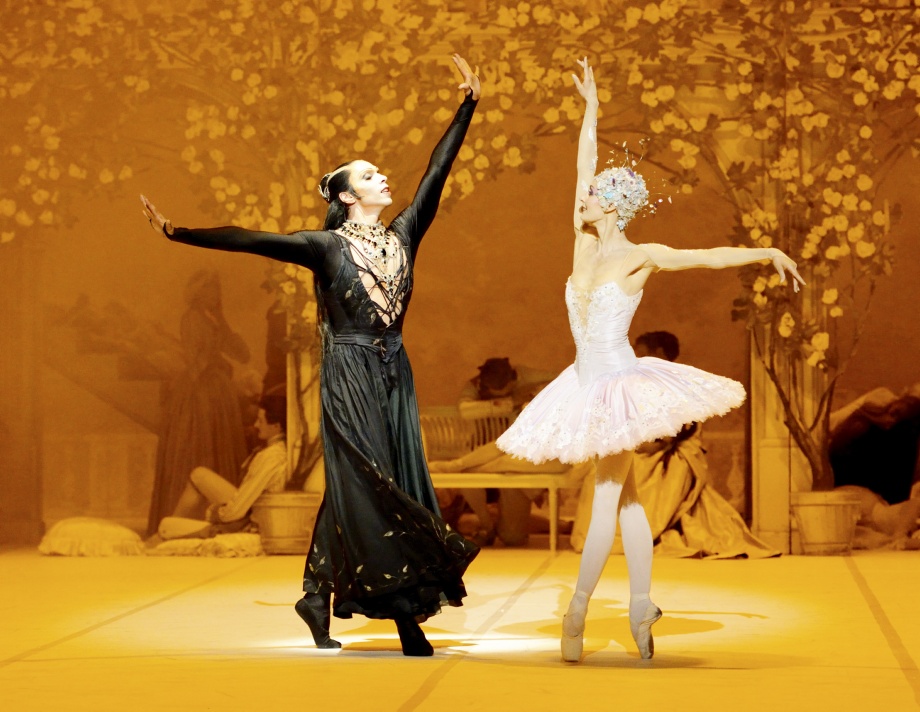 Stuttgart closes this season in high spirits with several performances of Maria Haydée’s “Sleeping Beauty”. The company has every reason to be in good mood. Recently, quite some intricate issues were resolved: after years of debate about financing, the first sod for the new Cranko School building was cut a few days ago. It is scheduled to be ready for the 2018/19 season. Renovation of the Stuttgart Opera House is also pending and, though it is not yet clear where the interim stage will be located during the projected five years of construction, the management, backed by the company’s team spirit, radiates confidence. Also a tricky personnel matter – who should succeed artistic director Reid Anderson? – was solved shortly before the end of the season. (more…)
Stuttgart closes this season in high spirits with several performances of Maria Haydée’s “Sleeping Beauty”. The company has every reason to be in good mood. Recently, quite some intricate issues were resolved: after years of debate about financing, the first sod for the new Cranko School building was cut a few days ago. It is scheduled to be ready for the 2018/19 season. Renovation of the Stuttgart Opera House is also pending and, though it is not yet clear where the interim stage will be located during the projected five years of construction, the management, backed by the company’s team spirit, radiates confidence. Also a tricky personnel matter – who should succeed artistic director Reid Anderson? – was solved shortly before the end of the season. (more…)
